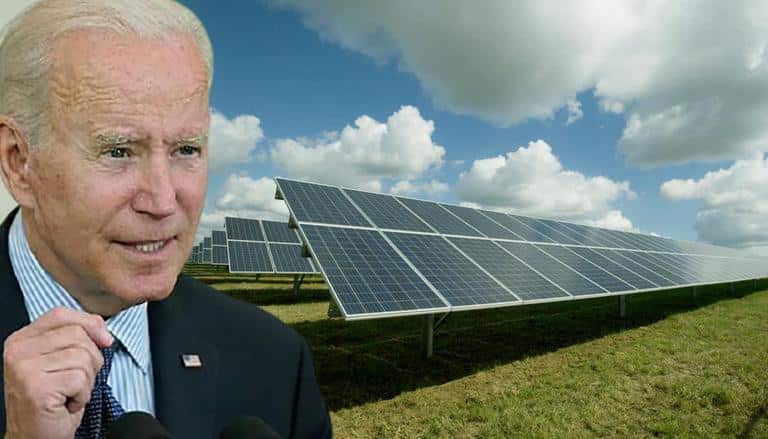The White House has published a solar energy plan in order to supply nearly half of the nation’s electricity by 2050. The ambitious outline would see solar rising from 3% of generation in 2020 to 40% by 2035 before ultimately hitting 45% by 2050.

Heavy spending across industries will be required to meet that blueprint. U.S. solar installations hit a record high in 2020, but yearly solar capacity additions will need to double annually through 2025, before quadrupling from 2020′s level each year between 2025 and 2030. Falling costs and supportive policies including tax incentives have boosted solar’s robust growth over the last decade. So it’s been a great time for solar companies!
The US Report
The report, issued by the U.S. Department of Energy Solar Energy Technologies Office and the National Renewable Energy Laboratory, said solar capacity will need to reach 1,600 gigawatts by 2050. This is more than the total electrical consumption from residential and commercial buildings today.
The solar power study is based on the Biden administration’s larger plan to have an emissions-free grid by 2035, with the broader energy system decarbonizing by 2050. Other zero-carbon energy sources, most notably wind, would account for the generation not provided by solar energy!
Roadmap to Biden’s goal
For the U.S. to reach its goals, significant developments will need to be made around grid flexibility, including energy storage, as well as transmission expansion.
The infrastructure package passed by the Senate in August includes billions of dollars for clean energy projects, but several important policies were left out, including extending tax credits. However, this and other initiatives could still be included in the $3.5 trillion budget resolution approved by the House in August 2021.
